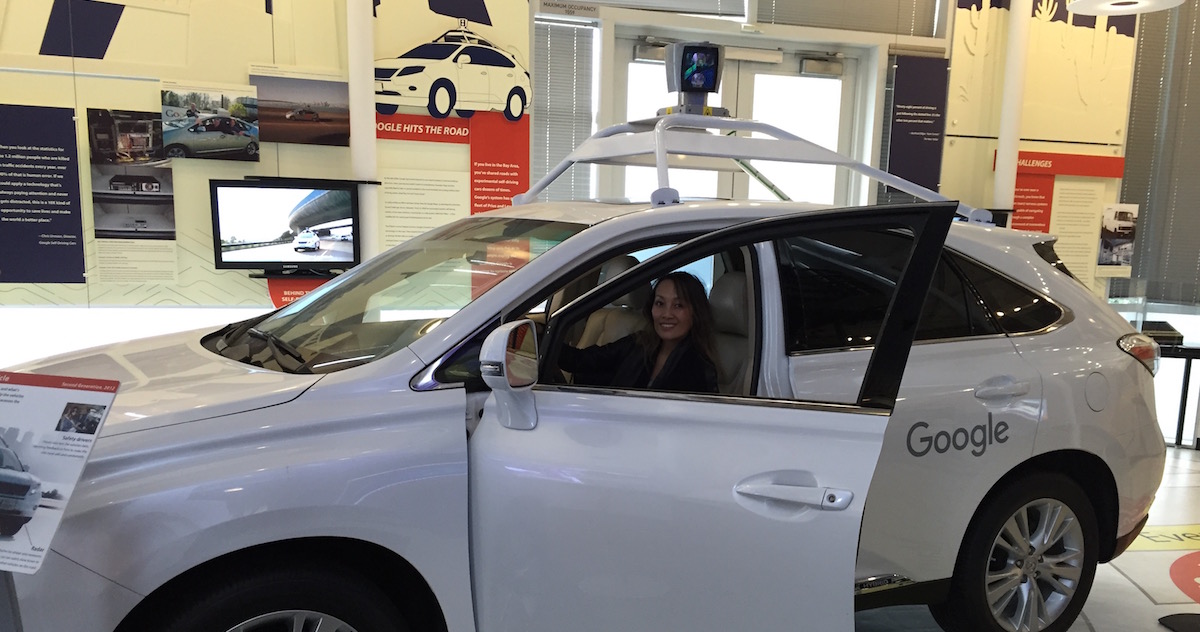
Category: Automotive, Self-driving, Silicon Valley
Jan 31
Overview of Autonomous & Self-Driving Car Initiatives in Silicon Valley
Without any doubt Silicon Valley leads with the number the self-driving and autonomous car initiatives. Living here since 2001 I every day encounter self-driving cars on the streets in Mountain View, Palo Alto, Los Altos, and San Francisco. Just this Sunday I encountered a Dodge van with mounted cameras and radar systems on Shoreline Blvd in Mountain View getting ready for a car wash.
When we speak of autonomous and self-driving vehicles, we need to distinguish the degree of autonomy in what the National Highway Traffic Safety Administration defined as a level-system of automation in vehicles. The range is from level 0 as being not automated to level 4 being full self-driving automated.
Level 0 – No-Automation: The driver is in complete and sole control of the primary vehicle controls – brake, steering, throttle, and motive power – at all times.
Level 1 – Function-specific Automation: Automation at this level involves one or more specific control functions. Examples include electronic stability control or pre-charged brakes, where the vehicle automatically assists with braking to enable the driver to regain control of the vehicle or stop faster than possible by acting alone.
Level 2 – Combined Function Automation: This level involves automation of at least two primary control functions designed to work in unison to relieve the driver of control of those functions. An example of combined functions enabling a Level 2 system is adaptive cruise control in combination with lane centering.
Level 3 – Limited Self-Driving Automation: Vehicles at this level of automation enable the driver to cede full control of all safety-critical functions under certain traffic or environmental conditions and in those conditions to rely heavily on the vehicle to monitor for changes in those conditions requiring transition back to driver control. The driver is expected to be available for occasional control, but with sufficiently comfortable transition time. The Google car is an example of limited self-driving automation.
Level 4 – Full Self-Driving Automation: The vehicle is designed to perform all safety-critical driving functions and monitor roadway conditions for an entire trip. Such a design anticipates that the driver will provide destination or navigation input, but is not expected to be available for control at any time during the trip. This includes both occupied and unoccupied vehicles.
Automakers also make a distinction between autonomous and self-driving according to an article by The Economist:
Autonomous cars will look like the vehicles we drive today, according to carmakers, with forward facing seats and a steering wheel. These cars will take over from the driver under certain circumstances. Some elements of autonomy are already available. Self-parking, adaptive cruise control—which adjusts speed to keep a safe distance from cars ahead—and automated braking are available on quite modest machines. In the near future autonomous vehicles might take over driving completely in heavy traffic or on motorways.
Self-driving cars are a stage further on. The steering wheel will disappear completely and the vehicle will do all the driving using the same system of sensors, radar and GPS mapping that autonomous vehicles employ. While some personal cars will remain, a fleet of shared vehicles will likely fill the streets of towns and cities. Call up a car with a mobile device, key in the destination and the vehicle will do all the work.
When you compare the different initiatives, keep an eye on what they really do. From following lane markers, changing a lane, exiting a highway, to understanding complex scenarios like pedestrians crossing a street, signal lights and signs, letting bicyclists pass and so on.
In my research for my upcoming book The Car Revolution: How Silicon Valley Disrupts Mobility I so far found these initiatives, with Google’s car being the only system that comes close to Level 4. I am aware that there is a lot more work going on in computer vision, sensor-technology, simulation software, and so on, but I wanted to focus on those initiatives that have a real car on the street.
#1 Google
With around 50 cars the chance to encounter a Google self-driving car in Mountain View is very high. There are two types that you can see: the Lexus SUV with mounted LIDAR systems and sensors sticking out from all sides of the car, and then the MiniPod that some find cute, while others just find it ugly. Fact is that this latest iteration comes without a steering wheel.
If you want to know what it takes to become a non-driver for Google’s self-driving cars, read License to (Not) Drive.
#2 Delphi
Automotive parts maker Delphi also tests it’s Delphi Drive system on the roads of Mountain View. The company also took a cross-country trip from San Francisco to New York City in an Audi equipped with the self-driving car technology.
#3 Cruise Automation
Cruise Automation is working on a highway autopilot named RP-1. According to the company website this $10,000 device mounted on your car controls car’s steering, throttle, and braking, making sure the car remains safely in its lane and a safe distance from the car in front of it.
Cruise Automation is also notorious for being the first self-driving car that caused an accident. A Nissan Leaf with Cruise Automation’s technology mounted steered of in San Francisco from the planned route, the driver took over manually and bumped into a parked Prius. Luckily, nobody got hurt, just some bumpers dented.
#4 Mercedes Benz
Mercedes Benz is working on autonomous vehicles at its research and development facility in Sunnyvale (and in Europe).
https://www.facebook.com/RobertScoble/videos/10153819846684655/
#5 Tesla
Electric car maker Tesla surprised its customers with an over-the-air updated late 2015 that turned the Model S into a Level 2 autonomous car. And Tesla is meaning serious business with a massive hiring spree for software engineers working on the Autopilot-functionality, TechCrunch reported.
#6 Georg Hotz
George Hotz is known for doing the first iPhone hack, and now he is tackling the self-driving car challenge. In his San Francisco garage he is modifying an Acura with some cheap over-the-counter equipment and programming the code necessary. Given that this is a DIY project the results after a short time for sure are impressive.
#7 Stanford
Stanford is one of the leading universities in self-driving car research. A Stanford team around Sebastian Thrun won the DARPA Grand Challenge.
#8 Unknown 1 Apple Maps
This is a Dodge van with cameras and sensors mounted on top of the car. As you can see the cameras are covered with a plastic protection, because the drivers were preparing the car for the manual car wash. A few minutes earlier I had noticed them on the cross street with the covers but with clearly visible cameras. Not sure who’s behind that car, any suggestion is welcome here.
Update: I got another picture sent with a similar (white) car and rack mounted on the roof, and it says: Apple Maps. Not an autonomous test vehicle, but a street mapping car. Mystery solved!
#9 Unknown 2
And then I encountered this pickup on Alma in Palo Alto with a structure that had cameras and potentially more sensors mounted in the back. I am not sure if this really is a self-driving car prototype or just a Street mapping system. Any suggestion is welcome.
#10 Unknown 3
End of April 2016 I noticed this unmarked car on University Avenue in Palo Alto with eight Lidarsystems Velodyne LiDAR’s “Puck LITE”.
#11 Uber
Uber reported in a blog post about their self-driving cars that they test in Pittsburgh. On top of a Ford Fusion you can see cameras and Lidars. Also in this car you still have a driver that takes over control in case of an emergency.
#12 GM
GM started to test its self-driving cars – Chevrolet Bolts – in San Francisco. On May 23rd 2016 we saw in the later morning hours twice a car pas by on Market Street not far from the Uber an dTwitter headquarters. This article mentions more details.
Self-driving cars in popular culture
And finally, the Computer History Museum in Mountain View is a good starting point to better understand self-driving vehicles. Not only does it have an original Google X Self-driving car in the exhibit, and where you can take pictures of yourself sitting in it, it also displays items about self-driving vehicles in a historical context and in popular culture, including The Jetsons, Herbie, and Knight Rider.
Let me know if I have missed any other initiatives in Silicon Valley.

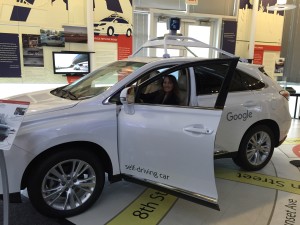
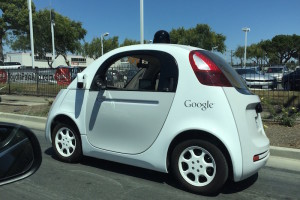
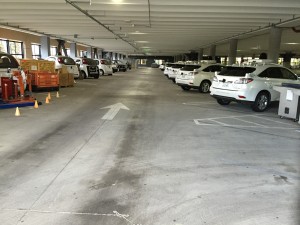
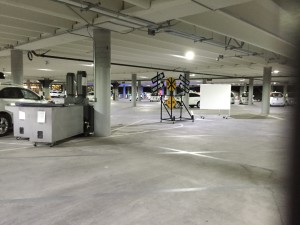

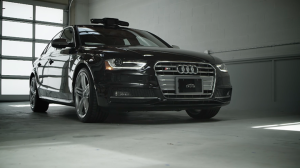
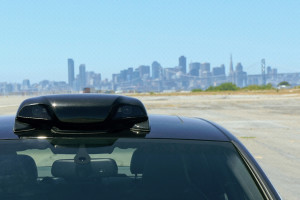
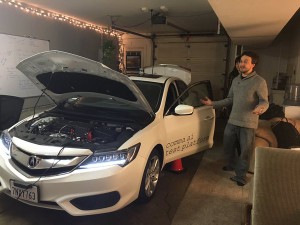
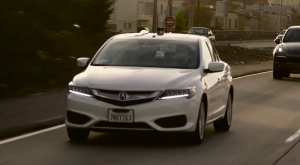
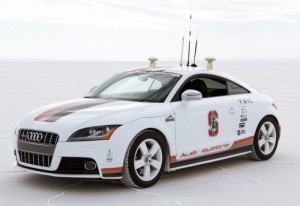
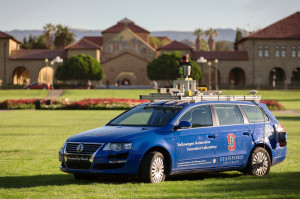
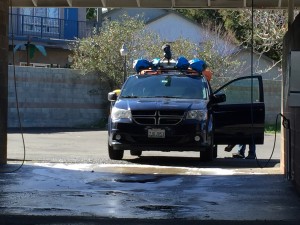
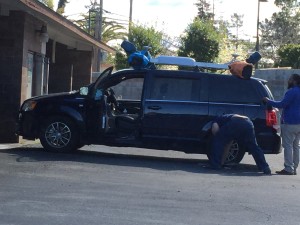
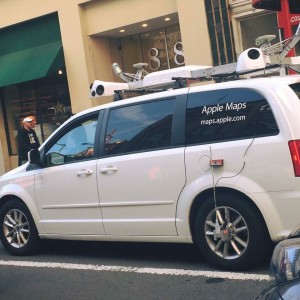
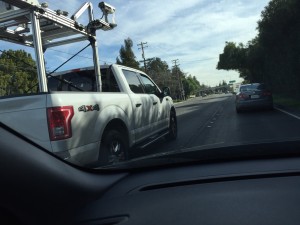
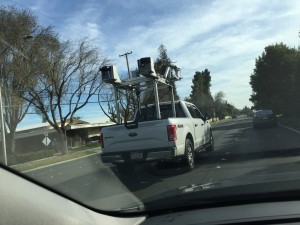
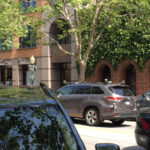
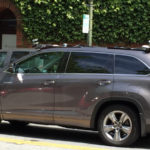
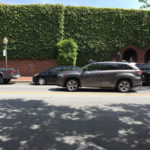
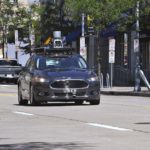
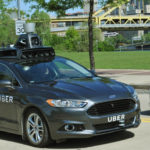
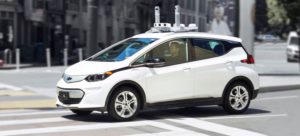
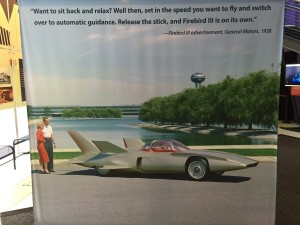


Recent Comments